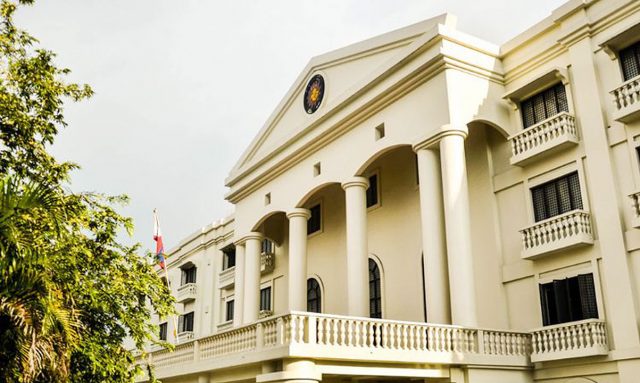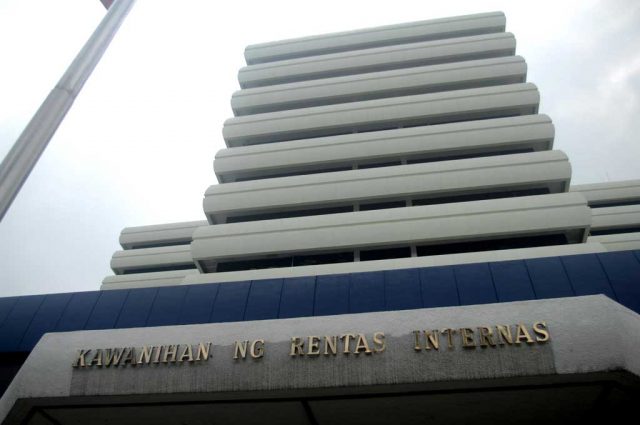Ex-DoF officials in P15-M tax case acquitted
THE Philippines’ anti-graft court has acquitted former Department of Finance (DoF) officials over the approval of P15 million worth of tax credit certificates (TCC) to a textile company in the 1990s, citing lack of evidence against them.
In an 86-page decision promulgated on Oct. 22, the Sandiganbayan Seventh Division ruled the prosecution failed to establish that Finance department officials and alleged company officers conspired to defraud the state through the awarding of TCCs, committing graft and estafa through the falsification of documents in the process.
“Not only is the prosecution’s evidence insufficient to support its allegation that [the textile company’s] tax credit claims were fraudulent, but it is also insufficient to prove the existence of conspiracy between and among accused public officers in giving unwarranted benefit, advantage, or preference… detriment of the government,” the ruling, penned by Associate Justice Zaldy V. Trespeses, read.
“It bears repeating that the prosecution failed to sufficiently establish that the documents subject of these cases are spurious or contain false data or information,” Mr. Trespeses’ ruling for their estafa charges stated.
State lawyers failed to authenticate the complaint affidavit and other documentary evidence against the accused, resulting in it being considered hearsay evidence by the court, weakening their case.
“The court emphasizes that the Complaint Affidavit of the Special Presidential Task Force 156 was not authenticated by the affiant,” it stated. “While notarized affidavits are considered public documents, they are still classified as hearsay evidence unless testified to by the affiant.”
The prosecution also failed to back the claim that the accused DoF officials benefitted from the issuance of dubious TCCs to the textile company. “The evidence failed to show that accused public officers used or gained profit from the transactions.” — Kenneth Christiane L. Basilio












